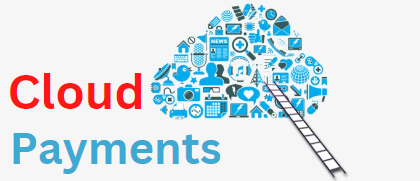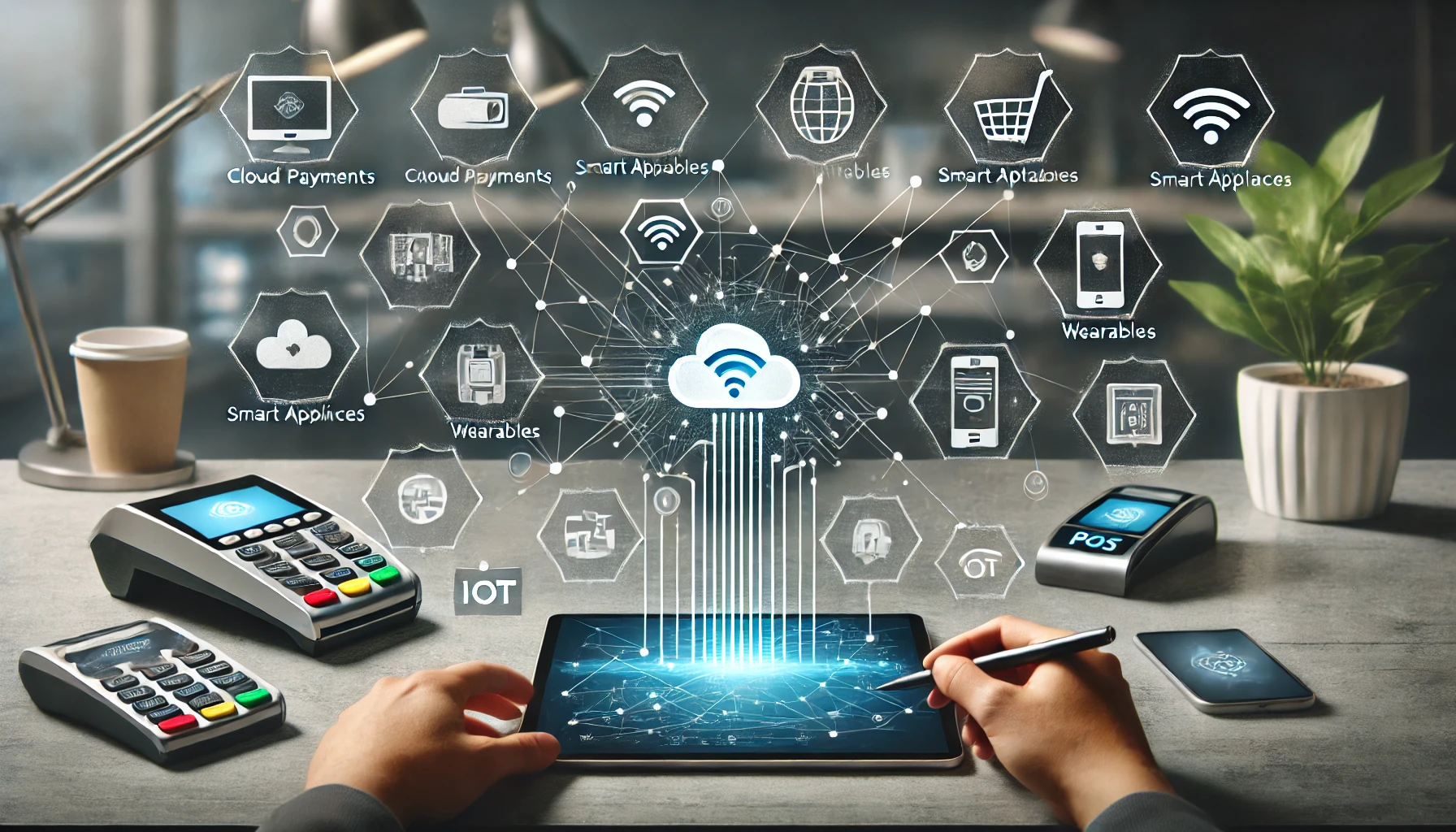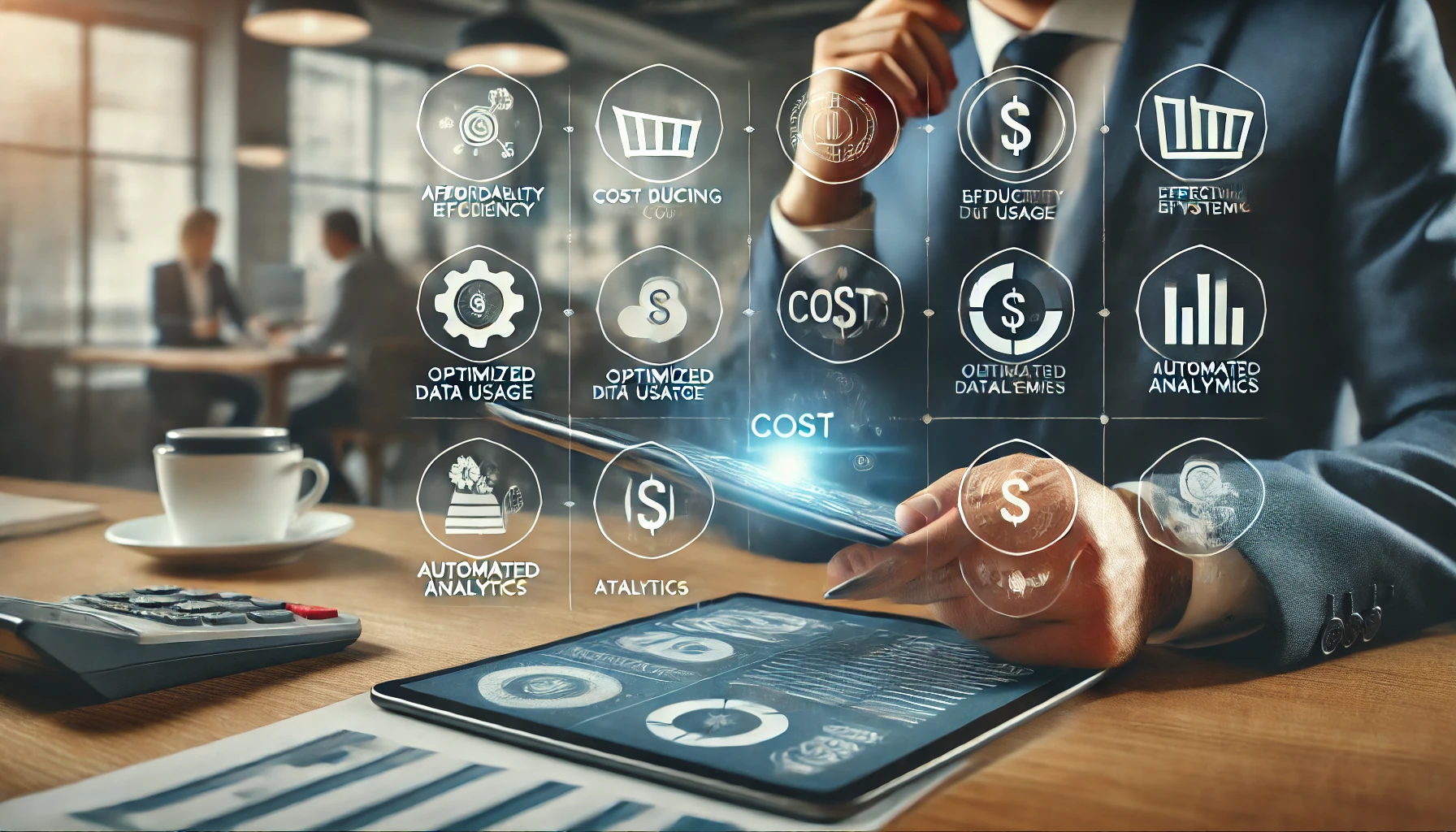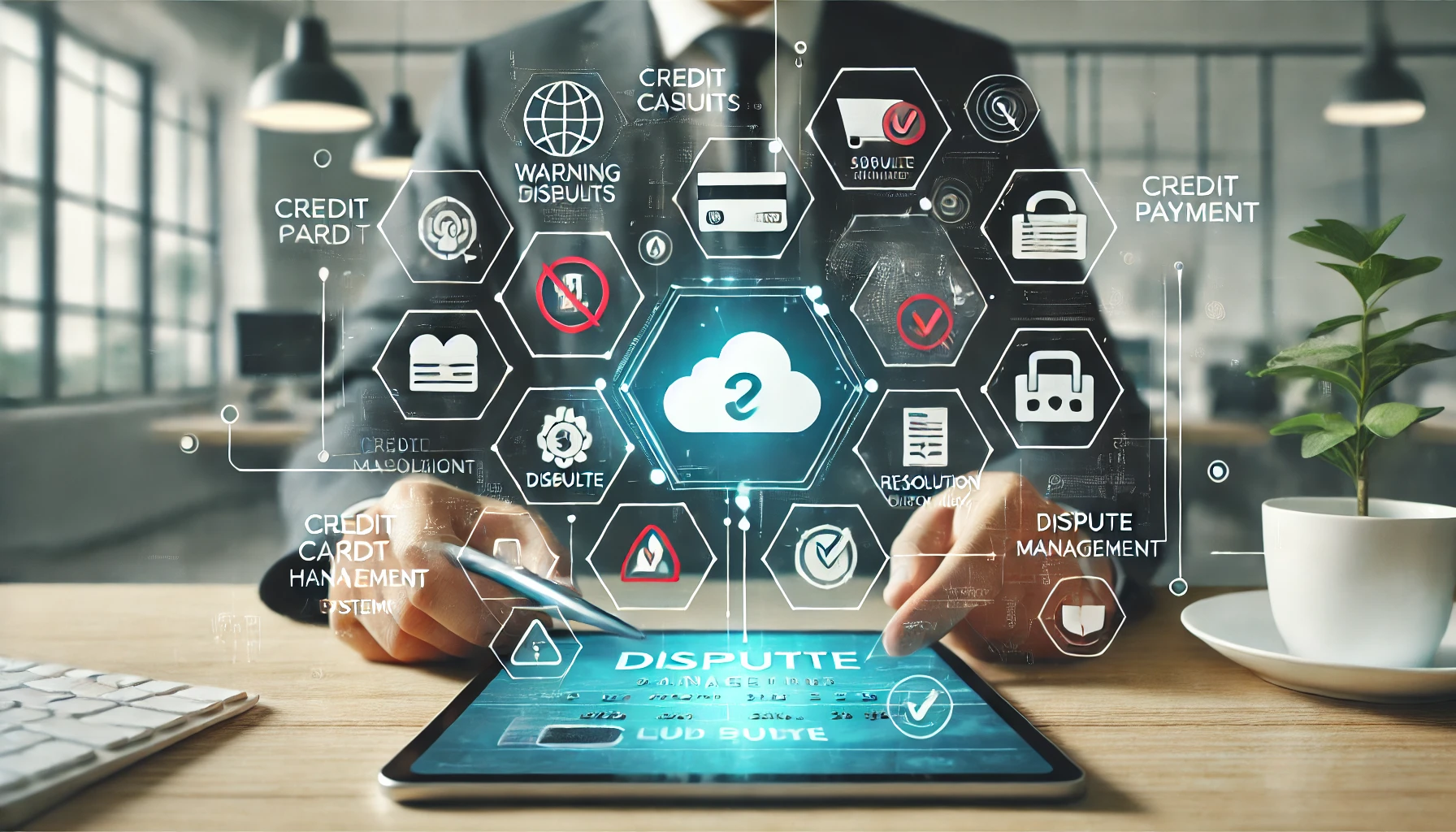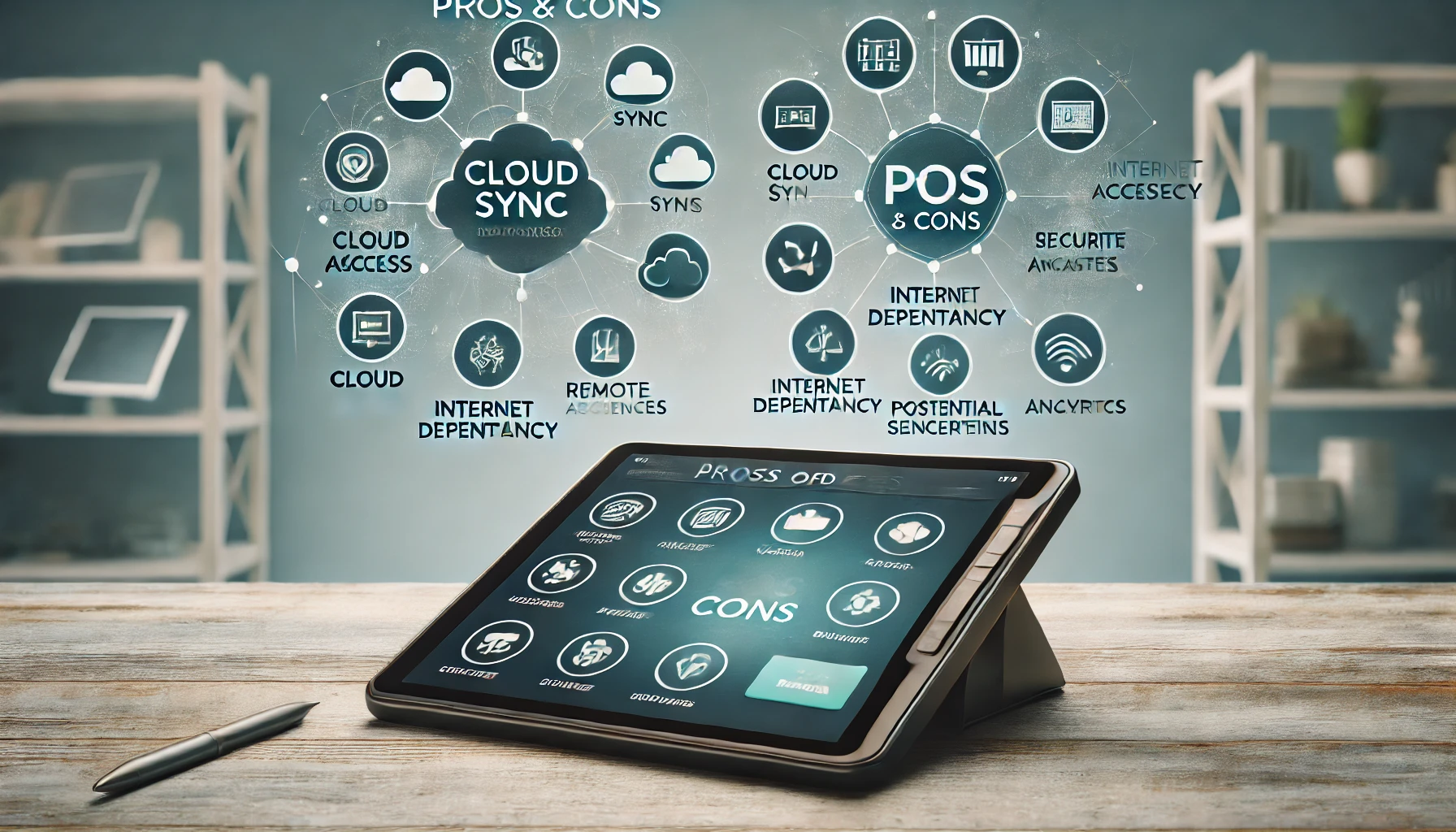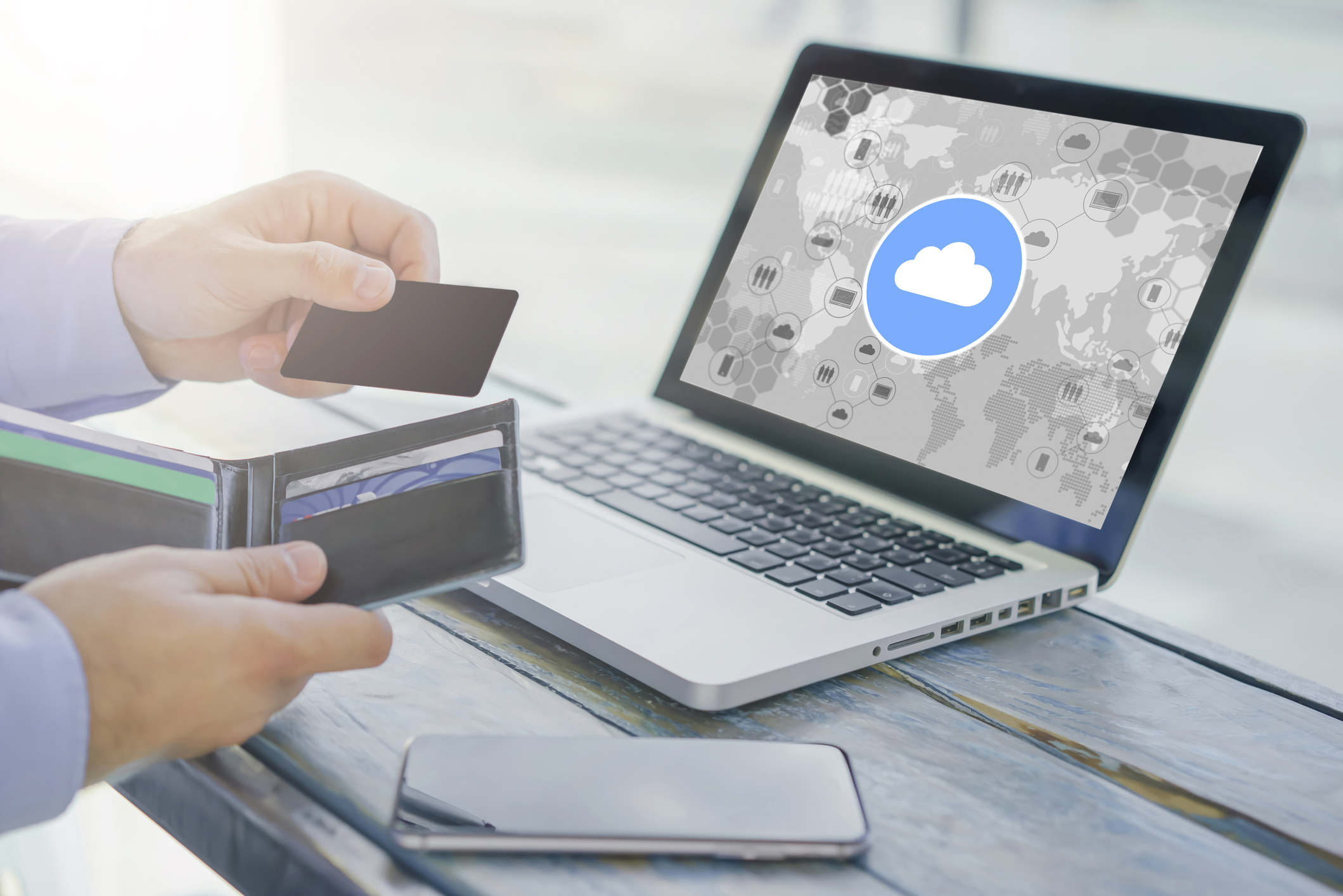Introduction to Cloud Payments: What Retailers Need to Know
In today’s digital age, technology has revolutionized the way businesses operate, and the retail industry is no exception. One of the most significant advancements in recent years is the introduction of cloud payments. This innovative payment solution has transformed the way retailers handle transactions, offering numerous benefits and opportunities for growth.
In this article, we will explore the world of cloud payments, providing a comprehensive understanding of its definition, benefits, working mechanism, key features, implementation considerations, security and compliance measures, integration with existing retail systems, a comparison with traditional payment systems, and common challenges and solutions in its adoption.
Understanding Cloud Payments: Definition and Benefits
Cloud payments, also known as cloud-based payments or cloud payment systems, refer to the process of conducting financial transactions through cloud computing technology. Instead of relying on traditional payment methods, such as cash or physical credit cards, cloud payments utilize the power of the internet and cloud infrastructure to securely process and authorize transactions. This technology allows retailers to accept payments from various sources, including credit and debit cards, mobile wallets, and online payment platforms.
The benefits of cloud payments for retailers are numerous. Firstly, it offers enhanced flexibility and convenience. With cloud payments, retailers can accept payments anytime, anywhere, as long as they have an internet connection. This flexibility allows businesses to expand their reach beyond physical stores and tap into the vast potential of e-commerce. Additionally, cloud payments enable retailers to offer a seamless omnichannel experience to their customers, allowing them to make purchases through multiple channels, such as in-store, online, or via mobile devices.
Furthermore, cloud payments provide retailers with real-time data and analytics. By leveraging cloud technology, retailers can access detailed insights into their sales, customer behavior, and inventory management. This data-driven approach allows businesses to make informed decisions, optimize their operations, and personalize the customer experience. Additionally, cloud payments offer scalability, allowing retailers to easily adapt to changing business needs and handle high transaction volumes during peak periods.
How Cloud Payments Work: Exploring the Technology Behind It
To understand how cloud payments work, it is essential to delve into the technology behind it. At its core, cloud payments rely on cloud computing infrastructure, which consists of a network of servers and software applications hosted on the internet. When a customer initiates a payment, the transaction data is securely transmitted to the cloud payment system, where it undergoes a series of processes to authorize and complete the transaction.
The first step in the cloud payment process is data encryption. To ensure the security of sensitive customer information, such as credit card details, the data is encrypted using advanced encryption algorithms. This encryption ensures that the data remains secure during transmission and storage.
Once the data is encrypted, it is sent to the payment gateway, which acts as a bridge between the retailer and the payment processor. The payment gateway securely transmits the encrypted data to the payment processor, which is responsible for verifying the transaction details and communicating with the customer’s bank or financial institution to authorize the payment.
Upon receiving the authorization from the customer’s bank, the payment processor sends a confirmation message to the payment gateway, which then relays the message to the retailer. This confirmation message indicates that the payment has been successfully authorized, allowing the retailer to complete the transaction and provide the customer with a receipt.
Key Features and Components of Cloud Payment Systems
Cloud payment systems consist of several key features and components that enable seamless and secure payment processing. These features and components work together to ensure a smooth transaction experience for both retailers and customers:
- Payment Gateway: The payment gateway serves as the intermediary between the retailer and the payment processor. It securely transmits the encrypted transaction data to the payment processor for authorization.
- Payment Processor: The payment processor is responsible for verifying the transaction details and communicating with the customer’s bank or financial institution to authorize the payment.
- Encryption: Encryption is a crucial component of cloud payment systems. It ensures that sensitive customer data, such as credit card details, remains secure during transmission and storage.
- Tokenization: Tokenization is a security measure that replaces sensitive customer data with a unique identifier called a token. This token is used for transaction processing, reducing the risk of data breaches.
- Fraud Detection and Prevention: Cloud payment systems incorporate advanced fraud detection and prevention mechanisms to identify and mitigate fraudulent transactions. These mechanisms analyze transaction patterns, customer behavior, and other factors to detect suspicious activities.
- Reporting and Analytics: Cloud payment systems provide retailers with real-time data and analytics, allowing them to gain insights into their sales, customer behavior, and inventory management. This data-driven approach enables businesses to make informed decisions and optimize their operations.
Implementing Cloud Payments: Considerations for Retailers
Implementing cloud payments requires careful planning and consideration. Retailers need to evaluate their specific business needs, infrastructure capabilities, and budget constraints before adopting cloud payment systems. Here are some key considerations for retailers when implementing cloud payments:
- Scalability: Retailers should choose a cloud payment solution that can scale with their business growth. The system should be able to handle high transaction volumes during peak periods without compromising performance.
- Integration: It is crucial to ensure that the cloud payment system can seamlessly integrate with existing retail systems, such as point-of-sale (POS) systems, inventory management systems, and customer relationship management (CRM) software. Integration allows for a unified view of customer data and streamlined operations.
- Security: Security is of utmost importance when it comes to cloud payments. Retailers should choose a payment solution that adheres to industry-standard security protocols, such as Payment Card Industry Data Security Standard (PCI DSS) compliance. Additionally, retailers should implement robust data encryption, tokenization, and fraud detection mechanisms to protect customer data.
- Cost: Retailers should carefully evaluate the cost implications of implementing cloud payment systems. This includes considering upfront costs, ongoing maintenance fees, transaction fees, and any additional charges associated with the chosen payment solution.
- Training and Support: Adequate training and support are essential for a successful implementation. Retailers should ensure that their staff is trained on how to use the cloud payment system effectively. Additionally, they should have access to reliable customer support to address any issues or concerns that may arise.
Security and Compliance in Cloud Payments: Ensuring Data Protection
Security and compliance are critical aspects of cloud payments. As retailers handle sensitive customer data, it is essential to implement robust security measures to protect this information from unauthorized access and data breaches. Additionally, retailers must comply with industry regulations and standards to ensure data protection and maintain customer trust.
One of the key security measures in cloud payments is data encryption. By encrypting customer data using advanced encryption algorithms, retailers can ensure that the data remains secure during transmission and storage. Encryption converts the data into an unreadable format, which can only be decrypted using a unique encryption key.
Another security measure is tokenization. Tokenization replaces sensitive customer data, such as credit card details, with a unique identifier called a token. This token is used for transaction processing, reducing the risk of data breaches. Even if a hacker gains access to the token, they cannot reverse-engineer it to obtain the original data.
In addition to encryption and tokenization, retailers should implement robust fraud detection and prevention mechanisms. These mechanisms analyze transaction patterns, customer behavior, and other factors to detect and mitigate fraudulent activities. By continuously monitoring transactions, retailers can identify suspicious activities and take appropriate action to prevent financial losses.
Compliance with industry regulations, such as the Payment Card Industry Data Security Standard (PCI DSS), is crucial for retailers. PCI DSS sets forth a comprehensive framework for securing payment card data. Retailers must adhere to these standards to ensure the protection of customer data and avoid penalties or legal consequences.
Integrating Cloud Payments with Existing Retail Systems
Integrating cloud payments with existing retail systems is essential for a seamless and efficient payment process. By integrating cloud payments with point-of-sale (POS) systems, inventory management systems, and customer relationship management (CRM) software, retailers can streamline their operations and gain a unified view of customer data.
POS integration allows retailers to accept cloud payments directly through their existing checkout systems. This integration eliminates the need for separate payment terminals or devices, simplifying the payment process for both retailers and customers. Additionally, it enables real-time inventory updates, ensuring accurate stock management and preventing overselling.
Integration with inventory management systems enables retailers to synchronize their inventory data with the cloud payment system. This synchronization ensures that accurate stock levels are reflected in real-time, preventing out-of-stock situations and improving customer satisfaction. Additionally, it allows for efficient order fulfillment and reduces the risk of overselling or underselling.
CRM integration enables retailers to leverage customer data for personalized marketing and customer relationship management. By integrating cloud payments with CRM software, retailers can capture valuable customer information during the payment process, such as purchase history, preferences, and contact details. This data can then be used to tailor marketing campaigns, offer personalized promotions, and enhance the overall customer experience.
Cloud Payments vs. Traditional Payment Systems: A Comparison
Cloud payments offer several advantages over traditional payment systems, making them an attractive option for retailers. Let’s compare cloud payments with traditional payment systems to understand their differences and benefits:
- Accessibility and Convenience: Cloud payments offer enhanced accessibility and convenience compared to traditional payment systems. With cloud payments, retailers can accept payments anytime, anywhere, as long as they have an internet connection. This flexibility allows businesses to expand their reach beyond physical stores and tap into the vast potential of e-commerce. In contrast, traditional payment systems, such as cash or physical credit cards, require customers to be physically present at the point of sale.
- Omnichannel Experience: Cloud payments enable retailers to offer a seamless omnichannel experience to their customers. Customers can make purchases through multiple channels, such as in-store, online, or via mobile devices, using the same cloud payment system. This unified experience enhances customer satisfaction and loyalty. Traditional payment systems often lack this level of integration and require separate processes for different channels.
- Real-time Data and Analytics: Cloud payments provide retailers with real-time data and analytics, allowing them to gain insights into their sales, customer behavior, and inventory management. This data-driven approach enables businesses to make informed decisions, optimize their operations, and personalize the customer experience. Traditional payment systems often lack this level of data visibility and require manual processes for data analysis.
- Scalability: Cloud payment systems offer scalability, allowing retailers to easily adapt to changing business needs and handle high transaction volumes during peak periods. Traditional payment systems may struggle to handle high transaction volumes, leading to performance issues and delays.
- Security and Compliance: Cloud payment systems incorporate advanced security measures, such as data encryption, tokenization, and fraud detection mechanisms, to protect customer data. Additionally, retailers must comply with industry regulations, such as the Payment Card Industry Data Security Standard (PCI DSS), to ensure data protection. Traditional payment systems may lack these advanced security features and require additional measures to ensure data security and compliance.
FAQ’s
Q.1: What is cloud payments?
Cloud payments, also known as cloud-based payments or cloud payment systems, refer to the process of conducting financial transactions through cloud computing technology. Instead of relying on traditional payment methods, such as cash or physical credit cards, cloud payments utilize the power of the internet and cloud infrastructure to securely process and authorize transactions.
Q.2: What are the benefits of cloud payments for retailers?
Cloud payments offer several benefits for retailers, including enhanced flexibility and convenience, seamless omnichannel experience, real-time data and analytics, scalability, and improved security and compliance measures.
Q.3: How do cloud payments work?
Cloud payments rely on cloud computing infrastructure, which consists of a network of servers and software applications hosted on the internet. When a customer initiates a payment, the transaction data is securely transmitted to the cloud payment system, where it undergoes a series of processes to authorize and complete the transaction.
Q.4: What are the key features and components of cloud payment systems?
Cloud payment systems consist of several key features and components, including payment gateway, payment processor, encryption, tokenization, fraud detection and prevention mechanisms, and reporting and analytics capabilities.
Q.5: What is the difference between cloud payments and traditional payment systems?
Cloud payments leverage cloud computing infrastructure to process and manage payment transactions, while traditional payment systems rely on physical payment terminals and hardware.
Q.6: Are cloud payments secure?
Yes, cloud payment systems employ various security measures, such as encryption, tokenization, and SSL certificates, to ensure safe transactions.
Conclusion
Cloud payment technology has emerged as a game-changer for retailers, offering numerous advantages and transforming the way transactions are conducted. By leveraging the power of the internet and cloud infrastructure, retailers can benefit from cost savings, scalability, flexibility, enhanced customer experience, and real-time analytics. Cloud payment systems seamlessly integrate with existing retail systems, ensuring a smooth payment process.
While security concerns are valid, cloud payment systems employ robust security measures to protect sensitive payment data. As retailers embrace cloud payments, they can stay ahead of the competition, cater to evolving customer preferences, and drive business growth in the digital era.
